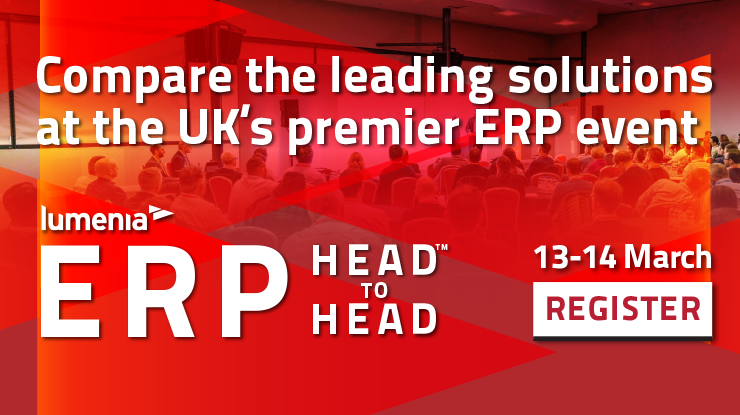
For many small to medium-sized manufacturers, the time is now for selecting and implementing a new ERP solution or updating an existing one. Forrester Research estimates that half of companies using ERP systems are currently on releases that are at least two versions behind the current release. Other researchers report that more than half of the 40,000 mid-market manufacturers operate with an outdated ERP system.
It’s not hard to see why so many companies hesitate to make the plunge into a new ERP solution. It can be painful, disruptive and, if not managed appropriately, potentially disastrous.
The only alternative to selecting and implementing a new ERP solution is remaining complacent and shirking from the responsibility to embrace a more robust, efficient and cost-saving technology solution. Avoiding potential risk and staying with the status quo is never going to going to lead the way.

First Things First
After concluding the enterprise would be well served by leveraging a new ERP solution, the next question invariably is, “Which ERP solution should we choose?” We counsel our clients to approach the selection process in a strategic fashion as it is of such critical importance for a successful implementation.
We frame the ERP selection process with five best practices which we have found to be effective and help ensure companies are successful in the transition to a new technology solution.
Select by Industry Segment
Manufacturers should only consider ERP vendors that understand the challenges of their specific market. Regulatory mandates and customer requirements can vary wildly from one industry to another. It’s foolish to try to force an ERP solution to fit an industry. A far preferable approach – one that will take less time and consume fewer internal resources – is to identify ERP solutions with a track record of success within your specific industry.
Shortlist the solutions that service your industry. Assess which solutions fit within existing systems. Talk with suppliers and customers and solicit feedback on your list of potential candidates. Work with independent consultants with broad experience in your industry.
Determine Total Cost of Ownership
Establish the project budget for implementation and total cost of ownership at the beginning of the project. Get a clear indication of TCO from the vendors you are considering and make certain you are evaluating costs on a consistent basis. If additional sites and/or modules are required, factor that into your assessment. A solution quote usually includes software, first year support and implementation consulting. Not factored into such a quote could be per user license costs, training, maintenance, customizations, upgrades, internal costs and other fees which will significantly impact total cost of ownership.
This applies to cloud or SaaS solutions as well. Be aware of costs in the Service Level Agreement for items like system enhancements and upgrades. You should have a clear understanding of inclusions and exclusions to ensure clear expectations.
Define the Technology Strategy
It’s only logical that the company’s IT department help define requirements to the project steering committee. They should help in determining if there are sufficient resources to maintain and upgrade the current infrastructure. Is it able to maintain an on-premise system or does the cloud provide the best technology option? They can provide insight into whether the ERP vendor is able to provide the technology that makes sense for the overall enterprise.
Scrutinize Vendor Options
We have seen a great deal of ERP vendor acquisitions and consolidations for some time. The four vendors with revenue above $2 billion dollars are: SAP, Oracle, Microsoft and Infor. They have the financial strength to outspend smaller competitors when developing and acquiring emerging technology. The question is, do they serve your industry well? Smaller niche vendors may provide a more tailored solution that meets your company’s unique needs.
Choose the vendor that will increase profitability through reduced costs and industry-specific processes. No solution will satisfy your requirements with an off-the-shelf product. The importance of identifying the solution that will meet your needs at the lowest cost and provide a positive working relationship is critical.
Leverage Customer References
Due diligence requires interaction with the vendors’ existing customers. Vendors will carefully choose their customers that are predisposed to providing positive feedback about their product and service offerings. Instead of relying on contacts provided by the vendor, ask for their customers that meet a specific profile, focusing on companies that are in the same industry, of similar size and face similar challenges. In addition to an interview, it is advisable to schedule a site visit for team members to evaluate the solution in action.
Final Thoughts on Solution Selection
Starting the process with a strategic approach to evaluating potential solutions will lead to the best fit for your organization. It will help dispel doubts that may occur during the implementation phase. Knowing you have started down the path in a thoughtful, comprehensive fashion will not only lead to the best solution, it will also instill confidence in the implementation team as they maneuver through a difficult, sometimes challenging, transition.
It’s not an easy process to transition to a new ERP solution but it is often the right decision. Approaching it with a strategic, well-informed selection process is the first step to ensure success.





















